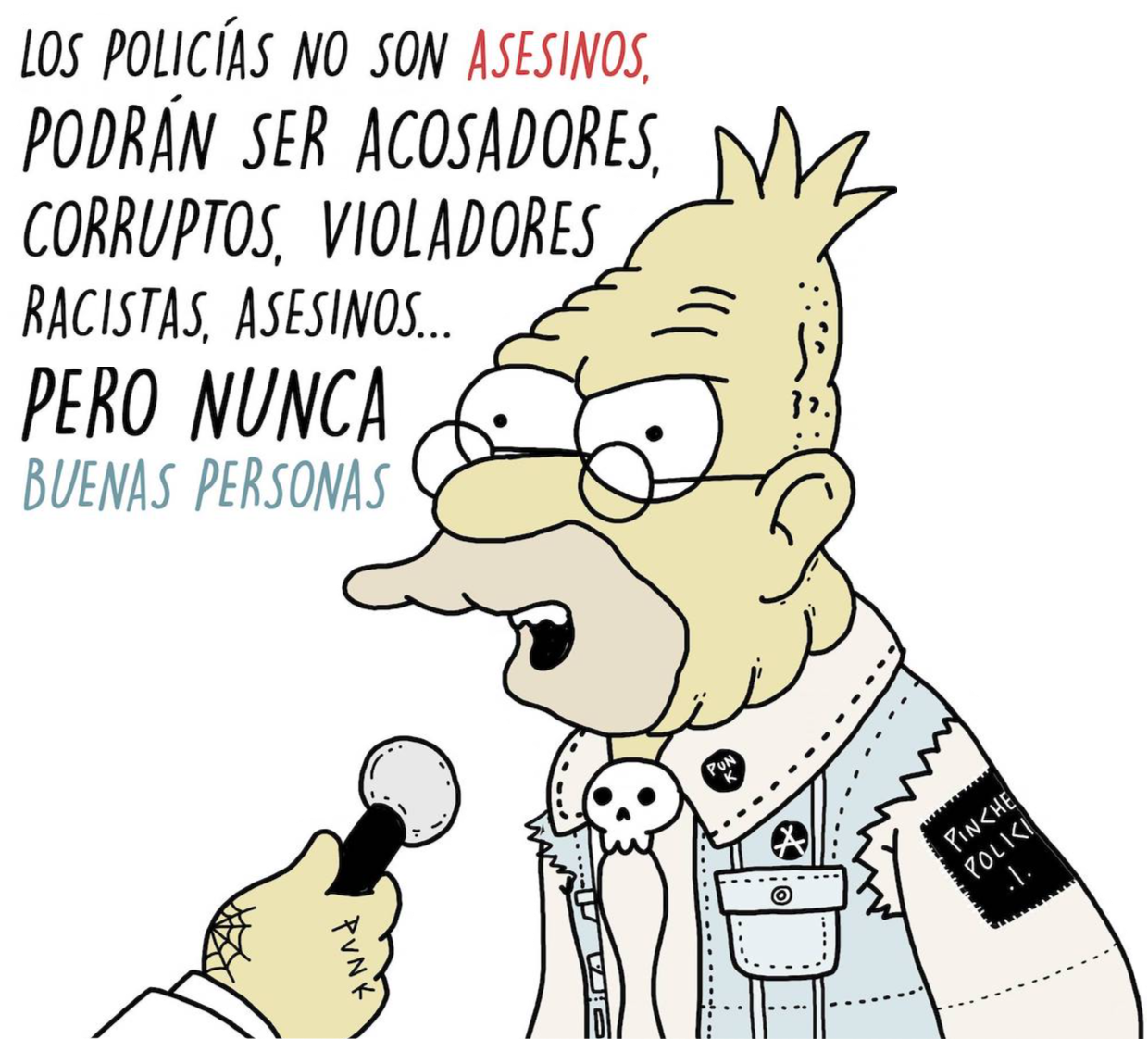


ドミノ理論
Domino theory; 非論理哲学論考 Tractatus
I-Logico-Philosophicus
000



☆ ドミノ理論とは地政学的な理論で、ある国の政治構造が変化すると、ドミノ効果で周辺国にも波及する傾向があるとするものである。1950年代から1980 年代にかけて、冷戦下のアメリカで盛んに唱えられ、ある地域のある国が共産主義の影響下に入れば、周辺国もそれに追随するというものであった。冷戦時代に は、アメリカの歴代政権が、世界各地へのアメリカの介入を正当化するために用いた。ドワイト・D・アイゼンハワー米大統領は1954年4月7日の記者会見 で、インドシナの共産主義に言及した際、この理論をドミノが倒れる例に例えて説明した。

| The domino theory
is a geopolitical theory which posits that changes in the political
structure of one country tend to spread to neighboring countries in a
domino effect.[1] It was prominent in the United States from the 1950s
to the 1980s in the context of the Cold War, suggesting that if one
country in a region came under the influence of communism, then the
surrounding countries would follow. It was used by successive United
States administrations during the Cold War as justification for
American intervention around the world. U.S. President Dwight D.
Eisenhower described the theory during a news conference on April 7,
1954, when referring to communism in Indochina as follows: Finally, you have broader considerations that might follow what you would call the "falling domino" principle. You have a row of dominoes set up, you knock over the first one, and what will happen to the last one is the certainty that it will go over very quickly. So you could have a beginning of a disintegration that would have the most profound influences.[2] Moreover, Eisenhower’s deep belief in the domino theory in Asia heightened the “perceived costs for the United States of pursuing multilateralism"[3] because of multifaceted events including the “1949 victory of the Chinese Communist Party, the June 1950 North Korean invasion, the 1954 Quemoy offshore island crisis, and the conflict in Indochina constituted a broad-based challenge not only for one or two countries, but for the entire Asian continent and Pacific."[3] This connotes a strong magnetic force to give in to communist control, and aligns with the comment by General Douglas MacArthur that “victory is a strong magnet in the East."[4] |
ド
ミノ理論とは地政学的な理論で、ある国の政治構造が変化すると、ドミノ効果で周辺国にも波及する傾向があるとするものである。1950年代から1980年
代にかけて、冷戦下のアメリカで盛んに唱えられ、ある地域のある国が共産主義の影響下に入れば、周辺国もそれに追随するというものであった。冷戦時代に
は、アメリカの歴代政権が、世界各地へのアメリカの介入を正当化するために用いた。ドワイト・D・アイゼンハワー米大統領は1954年4月7日の記者会見
で、インドシナの共産主義に言及した際、この理論を次のように説明した: 最後に、「ドミノ倒し」の原理とでも呼ぶべき、より広範な考慮事項がある。ドミノの列を作り、最初のドミノを倒せば、最後のドミノはあっという間に倒れてしまう。だから、最も深刻な影響を及ぼす崩壊が始まる可能性がある。 さらに、アイゼンハワーがアジアにおけるドミノ理論を深く信じていたことは、「1949年の中国共産党の勝利、1950年6月の北朝鮮の侵攻、1954年 のクエモイ沖島危機、インドシナ紛争などの多面的な出来事が、一国や二国だけでなく、アジア大陸と太平洋全体に対する広範な挑戦を構成していた」ため、 「多国間主義を追求することの米国にとってのコスト認識」を高めた。これは、共産主義の支配に屈しない強力な磁力を意味し、ダグラス・マッカーサー元帥の "勝利は東洋における強力な磁石である "というコメントと一致する。 |
| History During 1945, the Soviet Union brought most of the countries of eastern Europe and Central Europe into its influence as part of the post-World War II new settlement,[5] prompting Winston Churchill to declare in a speech in 1946 at Westminster College in Fulton, Missouri that: From Stettin in the Baltic to Trieste in the Adriatic an "Iron Curtain" has descended across the Continent. Behind that line lie all the capitals of the ancient states of Central and Eastern Europe. Warsaw, Prague, Budapest, Belgrade, Bucharest and Sofia; all these famous cities and the populations around them lie in what I must call the Soviet sphere, and all are subject, in one form or another, not only to Soviet influence but to a very high and in some cases increasing measure of control from Moscow.[6] Following the Iran crisis of 1946, Harry S. Truman declared what became known as the Truman Doctrine in 1947,[7] promising to contribute financial aid to the Greek government during its Civil War and to Turkey following World War II, in the hope that this would impede the advancement of Communism into Western Europe.[8] Later that year, diplomat George Kennan wrote an article in Foreign Affairs magazine that became known as the “X Article", which first articulated the policy of containment,[9] arguing that the further spread of Communism to countries outside a “buffer zone” around the USSR, even if it happened via democratic elections, was unacceptable and a threat to U.S. national security.[10] Kennan was also involved, along with others in the Truman administration, in creating the Marshall Plan,[11] which also began in 1947, to give aid to the countries of Western Europe (along with Greece and Turkey),[12] in large part with the hope of keeping them from falling under Soviet domination.[13] In 1949, a Communist-backed government, led by Mao Zedong, was instated in China (officially becoming the People’s Republic of China).[14] The installation of the new government was established after the People’s Liberation Army defeated the Nationalist Republican Government of China in the aftermath of the Chinese Civil War (1927-1949).[15] Two Chinas were formed – mainland “Communist China” (People’s Republic of China) and 'Nationalist China' Taiwan (Republic of China). The takeover by Communists of the world’s most populous nation was seen in the West as a great strategic loss, prompting the popular question at the time, “Who lost China?"[16] The United States subsequently ended diplomatic relations with the newly-founded People’s Republic of China in response to the communist takeover in 1949.[15] Korea had also partially fallen under Soviet domination at the end of World War II, split from the south of the 38th parallel where U.S. forces subsequently moved into. By 1948, as a result of the Cold War between the Soviet Union and the U.S., Korea was split into two regions, with separate governments, each claiming to be the legitimate government of Korea, and neither side accepting the border as permanent. In 1950 fighting broke out between Communists and Republicans that soon involved troops from China (on the Communists’ side), and the United States and 15 allied countries (on the Republicans’ side). Though the Korean conflict has not officially ended, the Korean War ended in 1953 with an armistice that left Korea divided into two nations, North Korea and South Korea. Mao Zedong’s decision to take on the U.S. in the Korean War was a direct attempt to confront what the Communist bloc viewed as the strongest anti-Communist power in the world, undertaken at a time when the Chinese Communist regime was still consolidating its own power after winning the Chinese Civil War. The first figure to propose the domino theory was President Harry S. Truman in the 1940s, where he introduced the theory in order to “justify sending military aid to Greece and Turkey.”[17] However, the domino theory was popularized by President Dwight D. Eisenhower when he applied it to Southeast Asia, especially South Vietnam during the First Indochina War. Moreover, the domino theory was utilized as one of the key arguments in the “Kennedy and Johnson administrations during the 1960s to justify increasing American military involvement in the Vietnam War.”[17] In May 1954, the Viet Minh, a Communist and nationalist army, defeated French troops in the Battle of Dien Bien Phu and took control of what became North Vietnam.[18] This caused the French to fully withdraw from the region then known as French Indochina, a process they had begun earlier.[19] The regions were then divided into four independent countries (North Vietnam, South Vietnam, Cambodia and Laos) after a deal and truce was brokered at the 1954 Geneva Conference to end the First Indochina War.[20] This would give them a geographical and economic strategic advantage, and it would make Japan, Taiwan, the Philippines, Australia and New Zealand the front-line defensive states. The loss of regions traditionally within the vital regional trading area of countries like Japan would encourage the front-line countries to compromise politically with communism. Eisenhower’s domino theory of 1954 was a specific description of the situation and conditions within Southeast Asia at the time, and he did not suggest a generalized domino theory as others did afterward. During the summer of 1963, Buddhists protested about the harsh treatment they were receiving under the Diem government of South Vietnam. Such actions of the South Vietnamese government made it difficult for the Kennedy administration’s strong support for President Diem. President Kennedy was in a tenuous position, trying to contain Communism in Southeast Asia, but on the other hand, supporting an anti-Communist government that was not popular with its domestic citizens and was guilty of acts objectionable to the American public.[21] The Kennedy administration intervened in Vietnam in the early 1960s to, among other reasons, keep the South Vietnamese “domino” from falling. When Kennedy came to power there was concern that the communist-led Pathet Lao in Laos would provide the Viet Cong with bases, and that eventually they could take over Laos.[22] |
歴史 1945年、ソビエト連邦は第二次世界大戦後の新たな和解の一環として、東ヨーロッパと中央ヨーロッパのほとんどの国々をその影響下に置いた[5]。ウィンストン・チャーチルは1946年、ミズーリ州フルトンのウェストミンスター・カレッジでの演説で次のように宣言した: バルト海のステッティンからアドリア海のトリエステまで、大陸を横断する "鉄のカーテン "が降りてきた。バルト海のステッティンからアドリア海のトリエステまで、"鉄のカーテン "が大陸を横切っている。ワルシャワ、プラハ、ブダペスト、ベオグラード、ブカレスト、ソフィア。これらの有名な都市とその周辺の住民はすべて、私がソビ エト圏と呼ばなければならない場所にあり、すべてが何らかの形で、ソビエトの影響下にあるだけでなく、モスクワからの非常に高度で、場合によっては増大し つつある支配の対象となっている[6]。 1946年のイラン危機の後、ハリー・S・トルーマンは1947年にトルーマン・ドクトリンとして知られるようになったものを宣言し[7]、共産主義の西 ヨーロッパへの進出を妨げることを期待して、内戦中のギリシャ政府と第二次世界大戦後のトルコへの財政援助を約束した。 [その年の暮れ、外交官のジョージ・ケナンは『フォーリン・アフェアーズ』誌に「X条」として知られるようになった記事を寄稿し、ソ連を取り巻く「緩衝地 帯」の外側にある国々に共産主義がさらに広がることは、たとえそれが民主的な選挙を通じて起こったとしても容認できず、米国の国家安全保障に対する脅威で あると主張し、封じ込め政策を初めて明確にした[9]。 ケナンはまた、トルーマン政権の他のメンバーとともに、1947年に始まったマーシャル・プラン[11]の策定にも関与しており、西ヨーロッパ諸国(ギリ シャとトルコも含む)[12]を援助することで、ソ連の支配下に置くことを防ごうとしていた。 1949年、毛沢東率いる共産党政権が中国に樹立された(正式には中華人民共和国となる)[14]。新政権の樹立は、中国内戦(1927-1949)の余 波で人民解放軍が中国国民党共和国政府を打ち破った後に行われた。世界で最も人口の多い国家が共産主義者によって乗っ取られたことは、西側諸国では大きな 戦略的損失とみなされ、当時「中国を失ったのは誰か」という一般的な問いが投げかけられた[16]。その後、アメリカは1949年の共産主義者による乗っ 取りに対応して、新たに建国された中華人民共和国との外交関係を終了させた[15]。 韓国もまた、第二次世界大戦末期に部分的にソ連の支配下に入り、その後米軍が進駐した38度線の南側から分断されていた。1948年までに、ソ連とアメリ カの冷戦の結果、韓国は2つの地域に分割され、それぞれが韓国の合法的な政府であると主張する別々の政府が存在し、どちらも国境を永久的なものとして認め なかった。1950年、共産主義者と共和主義者の間で戦闘が勃発し、やがて中国軍(共産主義者側)と米国および15の連合国軍(共和主義者側)が参戦し た。朝鮮紛争は公式には終結していないが、朝鮮戦争は1953年の休戦協定によって終結し、韓国は北朝鮮と韓国の2つの国に分割された。毛沢東が朝鮮戦争 でアメリカに対抗するという決断を下したのは、共産圏が世界最強の反共勢力とみなしていたものに立ち向かおうとする直接的な試みであり、中国共産党政権が 中国内戦に勝利した後、まだ自らの権力を固めつつあった時期に行われた。 ドミノ理論を最初に提唱した人物は1940年代のハリー・S・トルーマン大統領であり、彼は「ギリシャとトルコに軍事援助を送ることを正当化する」ために この理論を導入した[17]。しかし、ドワイト・D・アイゼンハワー大統領が第一次インドシナ戦争中に東南アジア、特に南ベトナムに適用したことで、ドミ ノ理論は一般化された。さらに、ドミノ理論は「1960年代のケネディ政権とジョンソン政権において、ベトナム戦争へのアメリカの軍事的関与を強めること を正当化するための重要な論拠の1つとして利用された」[17]。 1954年5月、共産主義・民族主義の軍隊であるベトミンはディエンビエンフーの戦いでフランス軍を破り、北ベトナムとなった地域を支配下に置いた [18]。これによりフランスは、フランス領インドシナとして知られていた地域から完全に撤退することになった。 その後、第一次インドシナ戦争を終結させるために1954年のジュネーブ会議で協定と停戦が仲介された後、地域は4つの独立国(北ベトナム、南ベトナム、 カンボジア、ラオス)に分割された[20]。 これによって、地理的・経済的な戦略的優位を得ることになり、日本、台湾、フィリピン、オーストラリア、ニュージーランドが最前線の防衛国家となる。日本 のような国々が伝統的に重要な地域貿易圏内にあった地域を失うことは、最前線の国々に共産主義との政治的妥協を促すことになる。 アイゼンハワーの1954年のドミノ理論は、当時の東南アジアの状況と状況を具体的に説明したものであり、その後の他の人たちのように一般化されたドミノ理論を提案したわけではない。 1963年の夏、仏教徒たちは南ベトナムのディエム政権下で受けている過酷な扱いに抗議した。このような南ベトナム政府の行動は、ケネディ政権のディエム 大統領への強い支持を困難にした。ケネディ大統領は、東南アジアに共産主義を封じ込めようとしながら、他方で、国内の国民に人気がなく、アメリカ国民に とって好ましくない行為をしている反共政府を支持するという、微妙な立場にあった[21]。 ケネディ政権が1960年代初頭にベトナムに介入したのは、とりわけ、南ベトナムの「ドミノ倒し」を防ぐためであった。ケネディが政権を握ったとき、ラオ スの共産主義主導のパテート・ラオがベトコンに基地を提供し、最終的には彼らがラオスを占領するのではないかという懸念があった[22]。 |
| https://en.wikipedia.org/wiki/Domino_theory |
リ ンク
文 献
そ の他の情報
Copyleft, CC, Mitzub'ixi Quq Chi'j, 1996-2099
☆
 ☆
☆